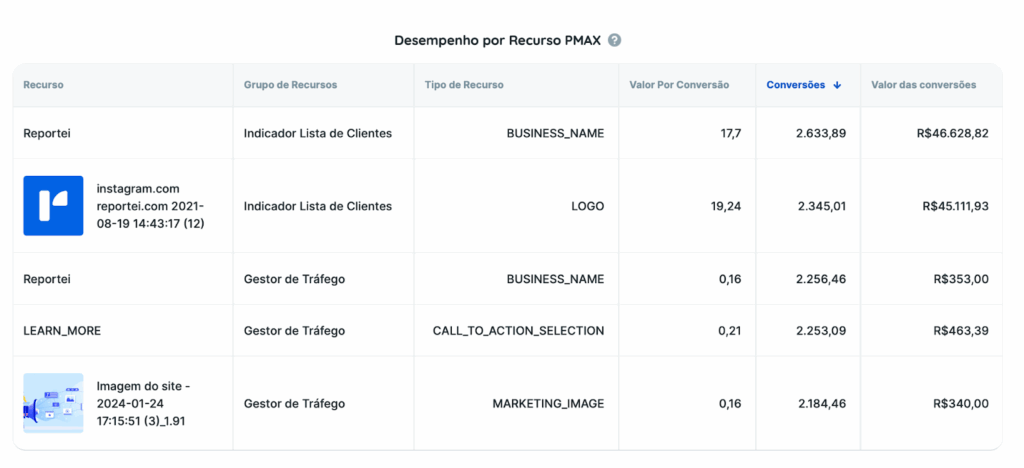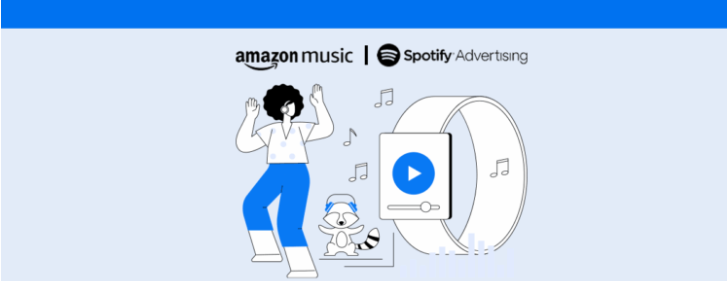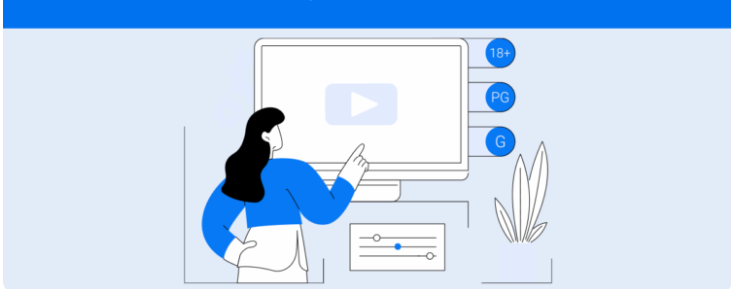Learn about the most relevant PMax metrics, how to analyze them, and best practices to adopt in your Google campaigns.
The PMax metrics are the starting point for clearly understanding the results your Google’s Performance Max campaigns deliver and how to evolve consistently.
Therefore, we have prepared this guide to show you how to read these data without complication, understand which are the most important, and transform them into day-to-day decisions. Follow along.
What are PMax campaigns on Google
But first of all, it is essential to understand what PMax campaigns are and how they work.
Guided by business objectives, they use audience signals to find the best conversion opportunities across Google’s entire inventory..
Thus, in practice, this model complements campaigns by keyword.
That is, while the search network captures explicit demand, PMax expands the reach and seeks conversions where intention appears implicitly, such as watched videos, browsing, recommendations, among others.
Thus, we can see that Performance Max campaigns offer marketers a series of advantages such as:
- Broad coverage without duplicating setups per channel
- Automatic optimization of bidding, budgeting, and creatives
- Leverage of own data after all, client/subscriber lists feed the AI with high-quality signals
- Continuous learning as the campaign adjusts as it receives conversion feedback
We can even see these benefits more clearly when we compare PMax with manual campaigns.
| Aspect | PMax | Manual campaigns Search, Display, YouTube |
| Distribution | Multichannels with AI | Channel by channel |
| Setup | Single campaign with asset groups | Various formats and ad sets |
| Optimization | Bids/segmentation/automated creatives | Bids and segmentation manually defined |
| Scale | Quick and goal-oriented | Controlled by the advertiser and with gradual expansion |
| Reading | More aggregated and value-focused | Granular by term/positioning |
In other words, PMax is a smart complement to Search as it can expand reach and capture more conversions with less operational friction.
However, the success of this campaign model depends on good configurations and consistent reading of the results, as we will see in more detail below.
Importance of tracking PMax metrics
As PMax campaigns consolidate channels and decisions automatically, reading the right metrics helps avoid the feeling of being in the dark regarding ad efficiency.
But to do this reading correctly, the secret is to link each indicator to the business objective such as generating sales or qualified leads and create an analysis rhythm:
- quick daily checks to verify campaign status and pace
- weekly tactical reading that helps check efficiency and creatives
- and monthly strategic review to understand if PMax is profitable and to plan new cycles
Which PMax metrics to track
Now that you know how this campaign model works on Google Ads, it’s time to learn about the most relevant PMax metrics and how to analyze them. Let’s go!
1. Conversions
To start, conversions show the volume of results that the campaign delivers according to its configuration such as purchases, qualified leads, registrations, among other business-relevant actions.
Thus, it is the central objective indicator and should be analyzed very carefully.
That is, besides checking the total number of conversions, it is essential to verify the conversion rate and the time window between the user’s interaction and the completion of an action.
If the volume drops after changes in the campaign, give time for Google’s artificial intelligence to rebalance itself about one to two weeks before making new decisions
2. CPA Cost per Acquisition
Meanwhile, the CPA shows how much you pay for each conversion.
In other words, it is important as it translates the efficiency of the investment in acquiring new sales, qualified leads, among other results related to the campaign’s objective.
That said, if the CPA increases, it’s necessary to check if there was a drop in the conversion rate on the site or if CTR/CPC worsened due to less qualified traffic or weak creatives, for example.
In fact, reading by asset groups helps identify where to act.
3. ROAS Return on Ad Spend
The ROAS is what connects the media to the financial result Thus, it is one of the most relevant PMax metrics for understanding what really works within your campaign.
Therefore, always compare ROAS by period, asset groups, and product/service category.
With this, you will know where it is most worthwhile to invest your money and make optimizations that help Google’s AI work more efficiently.
See how the return on ad spend is calculated.
4. CTR Click-Through Rate
The CTR shows the proportion of clicks over impressions, signaling the level of attraction of the creative and the suitability of the message to the audience..
Considering this, a low CTR with many impressions may indicate a misalignment of the value proposition.
Thus, it’s necessary to review all elements that encourage quality traffic, such as headlines, images, and calls to action, always prioritizing benefits and real aspects of your product or service.
5. Impressions and reach
Considered top of the funnel, these two metrics help to understand if the budget is scaling up and where the campaign is being delivered.
But beyond seeing these numbers in isolation, it’s important to relate them to the quality of the traffic, analyzing together with the CTR, for instance, to avoid focusing on empty reach.
6. Engagement rate on YouTube and Display
The engagement rate includes PMax metrics such as views, view rate, and interactions with ads of video and display network.
With this, it is a good indicator of relevant creatives at the top of the funnel.
In other words, if there is a lot of reach and few interaction results, it is possible to reinforce proofs of value in the creatives, differential offers, and urgency, and validate audience segmentations.
7. Audience segments and research insights
Along with this, audience reports with characteristics, interests, and behaviors, and research topics show where the campaign finds intention.
Thus, they help guide qualified expansion and reduce brand cannibalization when you already have search network and brand campaigns.
That is, these data help feed the AI and avoid internal competition that reduces the efficiency of your strategies on Google Ads.
Best practices to increase the efficiency of PMax campaigns
For PMax to deliver everything it promises, it is not enough to just launch the campaign.
It is necessary to guide the automation with reliable data, coherent structure, and a testing rhythm that generates real learning.
That’s why we’ve selected below the best practices to ensure more efficient campaigns on Google. Check it out.
- Define value conversions purchase/qualified lead and validate the measurement between Ads and Google Analytics 4 After all, without good data to assess, the AI can get lost.
- Structure asset groups by product line/buyer persona/ideal customer profile to improve the quality of traffic and the reading of results.
- Feed the AI with own data such as customer and subscriber lists.
- Test goals and creatives gradually one variable at a time and with assessment of one to two weeks.
- Maintain the feed in Google Shopping by updating with clear titles, appropriate images, and descriptions that help encourage sales.
When you combine reliable measurement and best practices for ad placement, PMAX becomes a learning machine in your favor.
As a result, the campaign scales efficiently and, most importantly, connects media to what truly impacts the business.
How to analyze PMax metrics with Reportei
Undoubtedly, a well-structured dashboard also speeds up decision-making when we talk about campaigns on Google.
That’s why recently, we uploaded the PMax metrics to Reportei.
In other words, besides everything the report already offered, now you can include three more tables that organize data on conversions, conversion value, impressions, CTR, cost, and more, all ready for practical reading. They are:
- Performance by PMax Resource Group with a view by asset group, which helps compare product/service lines.
- Performance by location PMax that provides a geographic reading to find more efficient markets and guide regional adjustments.
- Performance by PMax resource evaluation of resources, titles, images, and videos to prioritize replacements and new tests.

Currently, these tables can be manually added to your reports and dashboards. However, they will soon also be available in the standard templates of Reportei.
Take advantage of this novelty right now and extract the best insights for your PMax campaign. Try Reportei for free!
FAQ frequently asked questions about PMax campaigns and metrics
Below, check out the answers to the most common questions when we talk about Performance Max and analysis of this campaign model.
No, but PMax complements Search. Maintain brand and strategic terms with your own campaigns and use PMax to scale beyond search.
After relevant adjustments such as goal, budget, and objective, wait one to two weeks for the campaign to stabilize and compare equivalent periods.
Not necessarily, but it helps a lot. After all, videos unlock inventories like YouTube and improve intention reading. They can be simple as long as they clearly convey the benefit.
Prefer coherent groups by product line/ICP. Many groups with low volume fragment the learning. However, few groups can mix intentions.
Import customer/subscriber lists and create audience signals. The AI finds similar profiles with a higher chance of converting.
Daily, it is ideal to monitor spending, impressions, status, and disapprovals. In the weekly evaluation, analyze ROAS, CPA, CTR, creatives, and cuts by asset groups and region.
Finally, it is important to monitor monthly the profitability generated by the campaign and define new strategies based on its overall performance.



